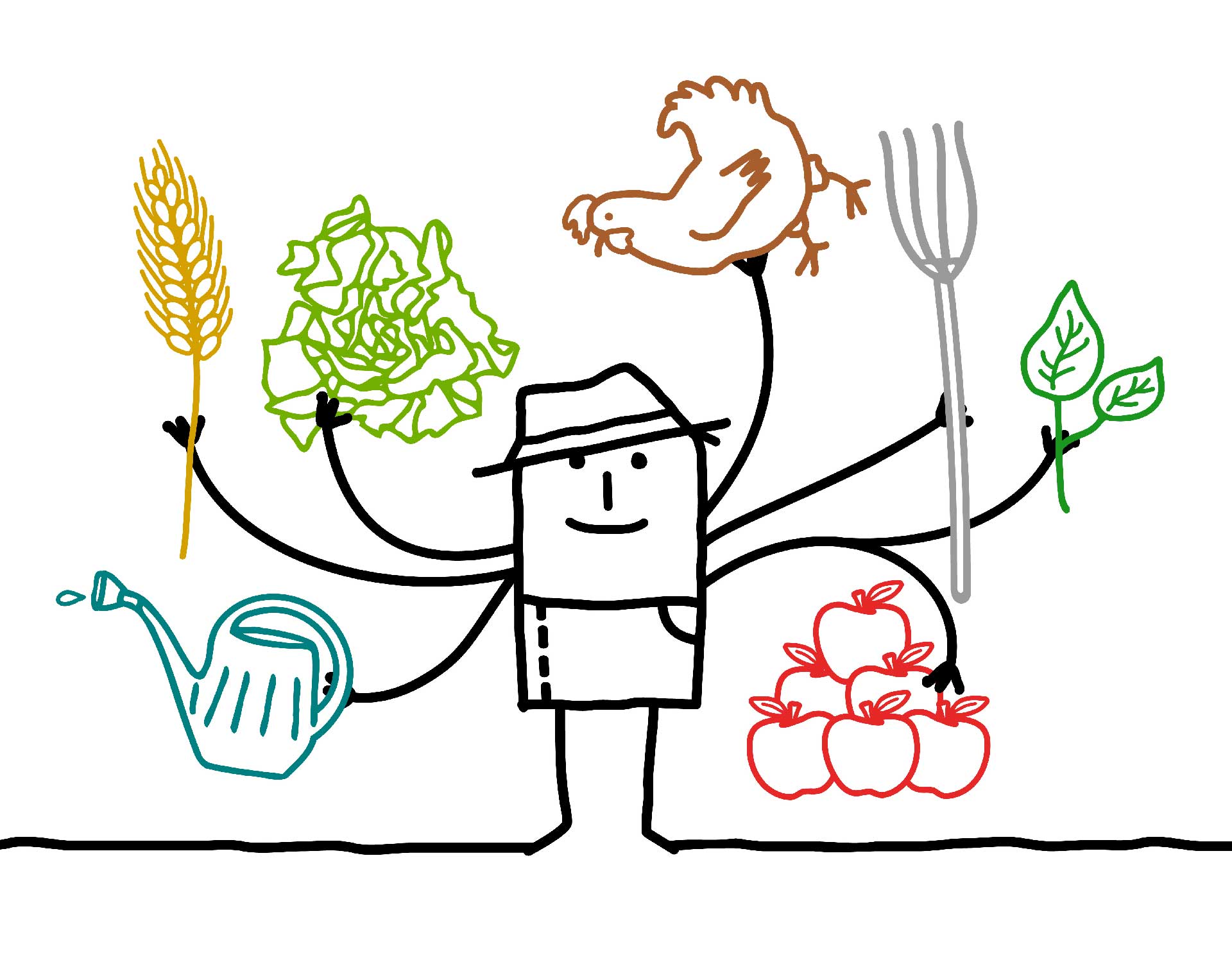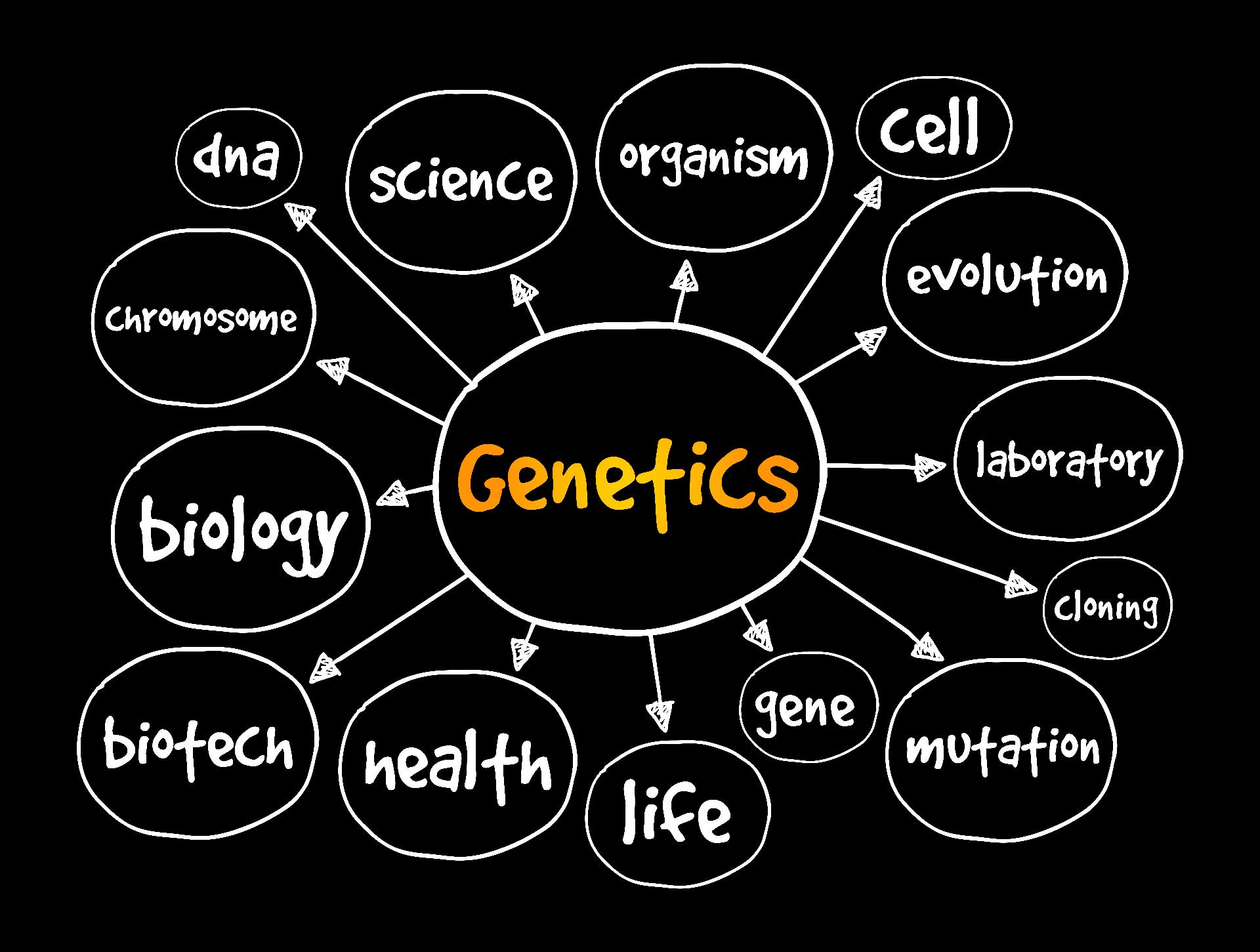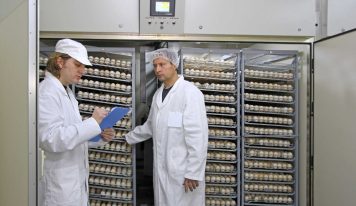In this blog, we focus on the poultry sector, and you might be wondering, “Why write an article on plant mutations?” This is because the topic is preparatory to our main topic, namely the poultry sector, and the ” Extended Digestive Circuit ” ( which we’ll discuss later ). We really want our readers to have a broad understanding of the basic sources of nutrition we rely on and how the supply, production, and other processes work .
You’ll forgive us if we get a little more technical in this article: some things need to be explained using irreplaceable terms because they’re derived from scientific research. We hope, however, that the confusing terms will inspire you to look up their meaning using Google or Wikipedia.
The role of mutations and precision selection
Our main objective is to delve deeper into the topic of human nutrition and production efficiency, with particular attention to the poultry sector (the topic of our next articles: “The Extended Digestive Circuit” and “Responsibly Generated Value (RGR)” ).
Before delving into the analysis of secondary consumers (farm animals), it is essential to fully understand the role of the agricultural sector . The discussion of the plant world is not a digression, but a precise path of in-depth study , as agriculture represents the “Primary Producer” at the base of every food chain, including that which feeds poultry farms.
Why is the agricultural sector the “Primary Producer”?
The agricultural sector is defined as a “Primary Producer” because it plays a fundamental and irreplaceable role at the beginning of the food chain and energy transformation:
- Biological Role (the basis of everything): the agricultural sector, with its crops (cereals, legumes, vegetables), is the only one capable of converting inorganic energy (sunlight) into organic matter (biomass), exploiting chlorophyll photosynthesis
- Energy Source: Plants and algae are the only organisms capable of transforming the sun’s energy into chemical energy (carbohydrates, sugars, fibers, and subsequently plant proteins and lipids).
- Biomass Creation: They create from scratch the organic matter that forms the basis of nearly every food chain on Earth.
Understanding how this primary producer has evolved and how it is being optimized is the necessary starting point to appreciate the role of concentrator and refiner of the poultry sector which we will address later with the topic of the “Extended Digestive Circuit” .
Let us therefore return to explain a fundamental factor of evolution: the form of silent innovation of plant DNA, as the driving force of human nutrition and the resulting food chain.
A change of perspective on mutations
You may have heard about changes in the agricultural sector. Here, we offer an important reflection and a shift in perspective on this topic.
When talking about mutations, the common imagination often conjures up scenarios of risk or anomaly. However, in the fields of agriculture and food, mutations are not rare accidents, but rather the biological foundation upon which the entire food civilization has developed.
These constant, silent changes in DNA are responsible, for example, for transforming bitter wild plants into essential foods, such as edible almonds, seedless bananas and juicy tomatoes.
A recent analysis in plant science highlights that molecular sequence variations in plants are not mere “anomalies of nature” but the driving force of agriculture . This underscores how innovation and food security depend entirely on plants’ ability to mutate and our ability to guide that variation.
From “Lucky Break” to “Precision Intervention”
For millennia, crop development was an exercise in selection based on luck or chance . Farmers unknowingly acted as selectors, noticing and preserving the seeds of plants that exhibited random but beneficial mutations, such as larger seeds or greater resistance.
It was this slow and unpredictable process of natural mutation and opportunistic human selection that domesticated historic crops; for example, it transformed the grass teosinte into high-yielding corn cobs and poisonous almonds into sweet dessert varieties.
Since the mid-20th century, science has sought to overcome the slowness generated by chance by deliberately inducing mutations through radiation and chemical agents ( mutational breeding ).
This has generated thousands of new varieties (from high-yielding rice to barley), demonstrating that human induction methods are not fundamentally different from natural changes in DNA: the only distinction is whether the change occurred by natural chance (and therefore slowly) or by targeted human intervention that accelerated the onset of the changes. These “mutant” varieties remain the mainstays of our diet today.
Genome Editing: Continuity with a Scalpel
The most recent chapter in this story is represented by genome editing techniques (such as CRISPR*). These tools represent a highly precise continuation of what farmers and ranchers have always done, but with unprecedented control.
* CRISPR is a genome editing technology that allows for precise modification of DNA, often compared to a “search and replace” system. It is inspired by a natural defense mechanism in bacteria and relies on a system that includes a protein called Cas9 and RNA sequences that direct the protein to cut DNA at specific points. Its applications range from basic research to medicine (to treat genetic diseases) and agriculture.
Rather than relying on chance or indiscriminate induction, genome editing allows for the introduction of mutations at specific points in the plant genome. This not only saves time and resources, but also reduces unwanted changes. For example, it allows for the selective removal of bitterness from a fruit without compromising the plant’s natural root defenses, optimizing beneficial traits quickly. Genome editing is essentially precision breeding , significantly increasing the likelihood of success in modern plant breeding programs.

The beauty and value of variation
Our entire food system is a celebration of genetic variation. Many of our most valuable crops arise from what are, in a strict biological sense, “mistakes” in cell division :
- Polyploidy ( genome doubling) gave us seedless watermelons and succulent strawberries.
- Minimal structural changes (a single base pair swap) have had enormous consequences, such as making almonds safe or increasing the vitamin A content of carrots.
- Even “jumping genes” (transposable elements) have shaped agriculture, transforming a wild, branching grass into what is now the compact, high-yielding corn essential to global food security.
Overcoming the problem of perception
Despite their importance, mutations continue to suffer from a public perception problem, often associated with monsters or diseases. Consequently, genome editing, despite replicating changes indistinguishable from natural ones, is regulated and discussed with caution.
It’s imperative that the debate shift from how a mutation was generated to what it does . The primary goal must be: does the modification make the food safer, more resistant to climate change, or more nutritious ? If the answer is yes, then precision of the intervention is a virtue, not a risk.
The future of sustainable agriculture
With population growth and climate unpredictability, the urgency of developing crops that are resistant to drought and pests and that thrive in diverse environmental conditions is critical.
Traditional breeding techniques take time. Genome editing, however, dramatically reduces this timeframe, allowing breeders to recreate known genetic combinations in new varieties or specifically engineer entirely new traits.
It is crucial to emphasize that genome editing is not intended to replace, but rather complement , existing agricultural practices (conventional breeding, germplasm conservation). The goal is to expand the availability of scientific tools to address the immense challenges of sustainably feeding the planet.
Social responsibility requires that decisions about the future of our crops be based on deep scientific understanding, recognizing that the evolution of our food has always been shaped by a combination of natural variation and human ingenuity.











